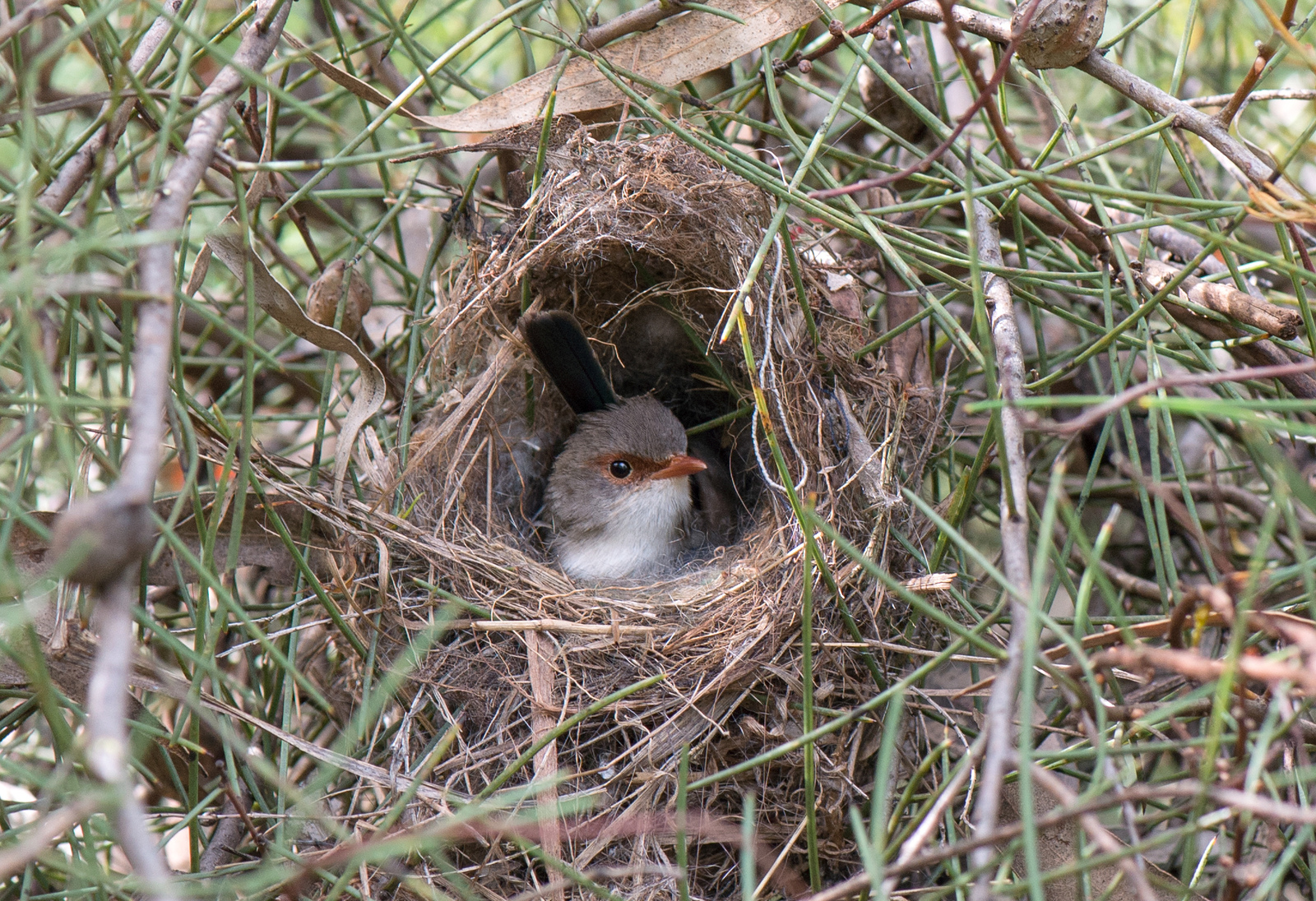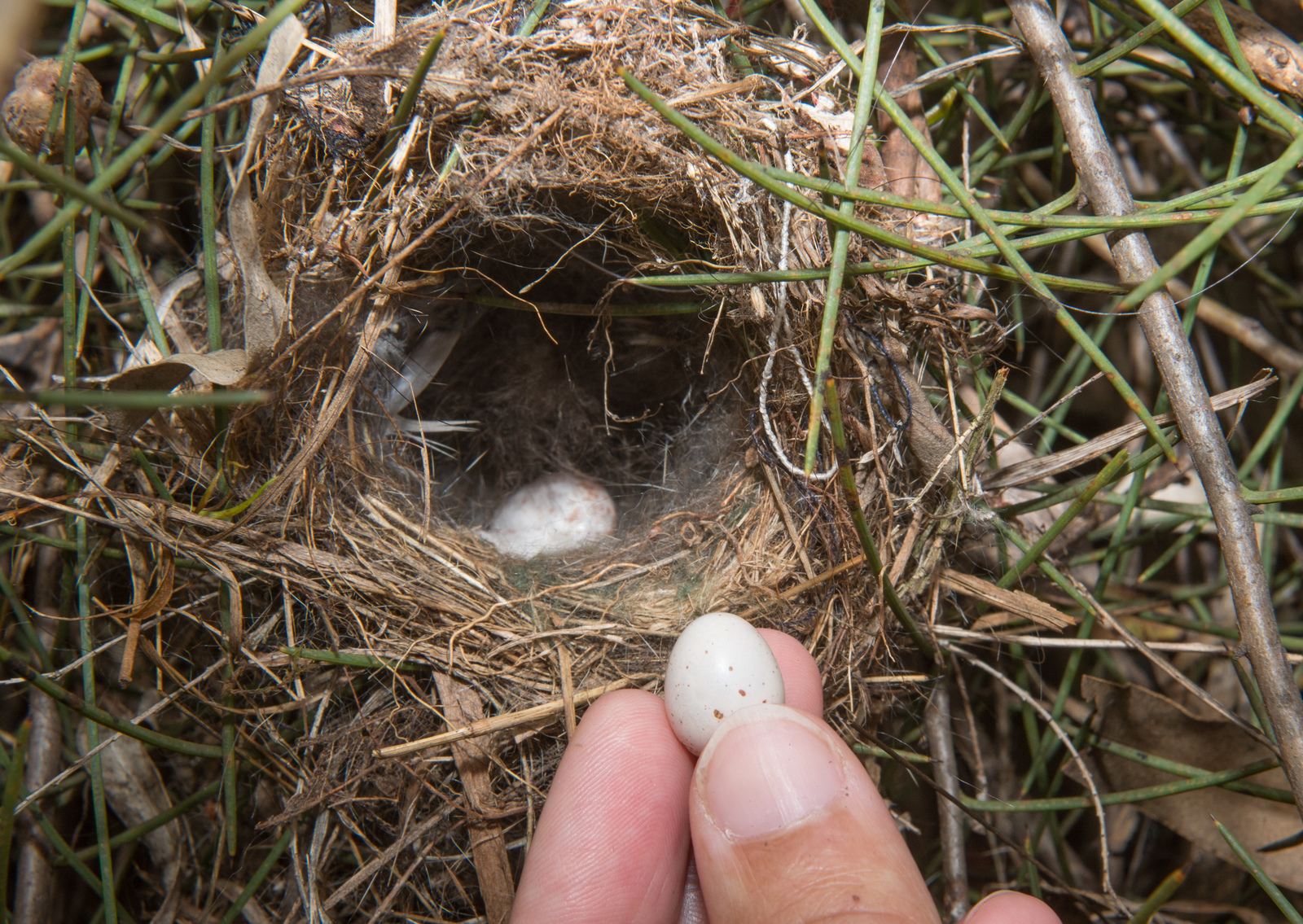Aussie fairy-wrens learn while still inside their eggs

Research has found that female fairy-wrens sing distinctive lullabies to communicate with, and teach, their unborn chicks.
The discovery of the remarkable vocalisation and embryonic learning abilities of fairy-wrens comes after more than a decade of research by a global team of ecologists, led by animal behaviouralist Professor Sonia Kleindorfer of Adelaide’s Flinders University.
Between 2007 and 2020, Sonia’s team recorded more than 600 in-nest vocalisations of 125 females from eight species of Australasian wrens, including the superb fairy-wren (Malurus cyaneus) and splendid fairy-wren (Malurus splendens).
The recordings were captured by placing microphones 30cm under nests and activating them for a minimum of two hours in the early morning.
Learning while still inside the egg
In all the studied species, incubating females produced a range of call types inside the nest. More than 90 percent of these in-nest vocalisations featured one particular call type, known as a ‘B element’, which unborn chicks appeared to learn and later use to receive food.
“This B element is also the nestling begging call produced shortly after hatching,” explains Sonia, who founded the Flinders University BirdLab 20 years ago.
Earlier research had demonstrated this phenomenon among superb fairy-wrens. But this new study soon to be published in The American Naturalist shows that embryonic learning is much more ubiquitous than previously thought.
“Earlier we wondered if we were just lucky and had found the only species where mothers teach embryos and embryos learn,” says Dr Diane Colombelli-Négrel, who was also part of the research team. “But now we know that this occurs in a lot of species.”
The success of embryonic learning, which may help protect against brood parasitic cuckoos, varied considerably both within and among species. The speed of a mother’s B element vocalisation was found to be a critical factor in how accurately nestlings copied it.
“Nestlings produce calls with greater vocal copy similarity between their mother’s signature call and their begging call when mothers called slowly to the embryo,” Sonia says.
The explanation for this shouldn’t come as a surprise to us, according to Dianne. “Like for humans, if you talk to a baby, you will usually slow the speed of your speech to help them understand and learn,” she explains. “It’s essentially the same for these birds.”

To investigate the responsiveness of embryos to other in-nest vocalisations, the team also conducted a prenatal playback experiment using superb fairy-wrens.
When they played the B element call of the mother, the heartrate of the embryo slowed, as shown by a digital egg monitor. But when they played the mother’s alternative in-nest call – the A element – there was no response.
“That was interesting,” Sonia says. “It left the question of why females are producing other kinds of vocalisations.”
Subsequent studies, she adds, have helped answer this. “If females were to only produce a B element vocalisation, there is the risk that the embryo becomes habituated and stops paying attention to it,” she says.
Sonia and her team plan to explore how early-life learning guided by the mother wren (or foster mother) changes the brain and behaviour of developing chicks, and the role of acoustic soundscapes in influencing animal movement.
“There’s a whole world of implications of this vocal production learning that we’re just beginning to tap into,” she says. “Clearly, it starts in the egg and mothers play a key role. As a female researcher, I’m especially glad to give a voice to females who have been overlooked in this story.”








